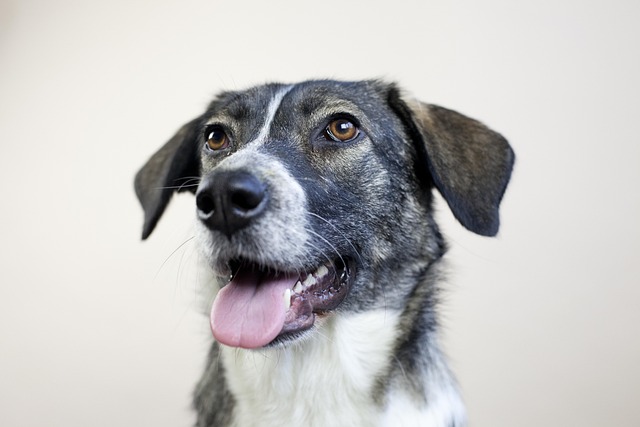
How do i train my dog to be obedient?
Watching your dog dart across the park ignoring your calls isn’t just frustrating—it can put them at risk near busy streets or public spaces.
Dogs are amazing companions, but let’s be real—having one that chews your favorite shoes, pees on the couch, or barks nonstop when you’re trying to work? Not so amazing. That’s where getting your pup to behave at home comes in, and it’s not as hard as it might feel. It’s all about building trust, setting clear boundaries, and remembering that even the best dogs need a little guidance.
Start with a routine—dogs thrive on it, you know? Feed them at the same times every day, take them out to potty right after meals and first thing in the morning. When they do their business outside, make a big deal out of it—praise them like they just won a prize, maybe toss a tiny treat their way. This helps them connect “going outside” with good things. And hey, keeping a consistent schedule isn’t just good for them; it helps avoid those messy accidents that could run afoul of local rules about keeping your space clean and neighbor-friendly.
When they start doing something they shouldn’t—like gnawing on the coffee table—don’t yell. Instead, gently redirect them to a chew toy they love. Dogs don’t understand anger; they just know when you’re upset. But if you swap the bad behavior for a good one and reward that, they’ll catch on. It’s like teaching a kid—positive reinforcement sticks way better than scolding. Plus, keeping destructive habits in check means you won’t have to deal with damaged property, which might matter if your area has rules about pets causing damage to homes or yards.
 Consistency is key, and that means everyone in the house needs to be on the same page. If one person lets the dog jump on the couch and another scolds them for it, the poor pup will get confused. Sit down with your family (or roommates) and agree on the basics—where the dog is allowed, what’s off-limits, and how to respond when they misbehave. It might take a little time, but trust me, it makes a world of difference.
Consistency is key, and that means everyone in the house needs to be on the same page. If one person lets the dog jump on the couch and another scolds them for it, the poor pup will get confused. Sit down with your family (or roommates) and agree on the basics—where the dog is allowed, what’s off-limits, and how to respond when they misbehave. It might take a little time, but trust me, it makes a world of difference.
Puppies have shorter attention spans, so keep training sessions short—5 to 10 minutes tops. Older dogs can handle a bit more, but even they get bored. Mix it up with games to keep them engaged. Maybe practice “stay” while you walk across the room, then reward them with a play session. Training shouldn’t feel like a chore for either of you; it’s a chance to bond.
And let’s not forget—patience is everything. There will be days when it feels like you’re getting nowhere, when they pee on the rug again or ignore every command you give. Take a breath, reset, and remember: every dog learns at their own pace. Celebrate the small wins—a successful “sit,” a quiet moment when they would’ve barked—and don’t dwell on the mistakes.
At the end of the day, training your dog to behave in the house is about more than just having a well-mannered pet. It’s about creating a happy, stress-free home where both you and your furry friend feel safe and loved.

Watching your dog dart across the park ignoring your calls isn’t just frustrating—it can put them at risk near busy streets or public spaces.

New puppy owners often find themselves rushing to clean up accidents before they set in, and that’s where puppy pad training becomes a game-changer.

If you've noticed your dog's waistline disappearing and your veterinarian has mentioned those few extra pounds, your first instinct might be to simply reduce the amount of food in their bowl.

Training a dog to use a designated spot indoors isn’t as daunting as many new owners fear, but it does take consistency and an understanding of your pet’s needs.

That moment of dread on a walk is all too familiar for many new dog owners. You see another dog approaching down the sidewalk of your neighborhood

If the sight of another dog on your neighborhood walk makes your heart sink as your own dog erupts into a frenzy of barking and lunging, you're not alone.